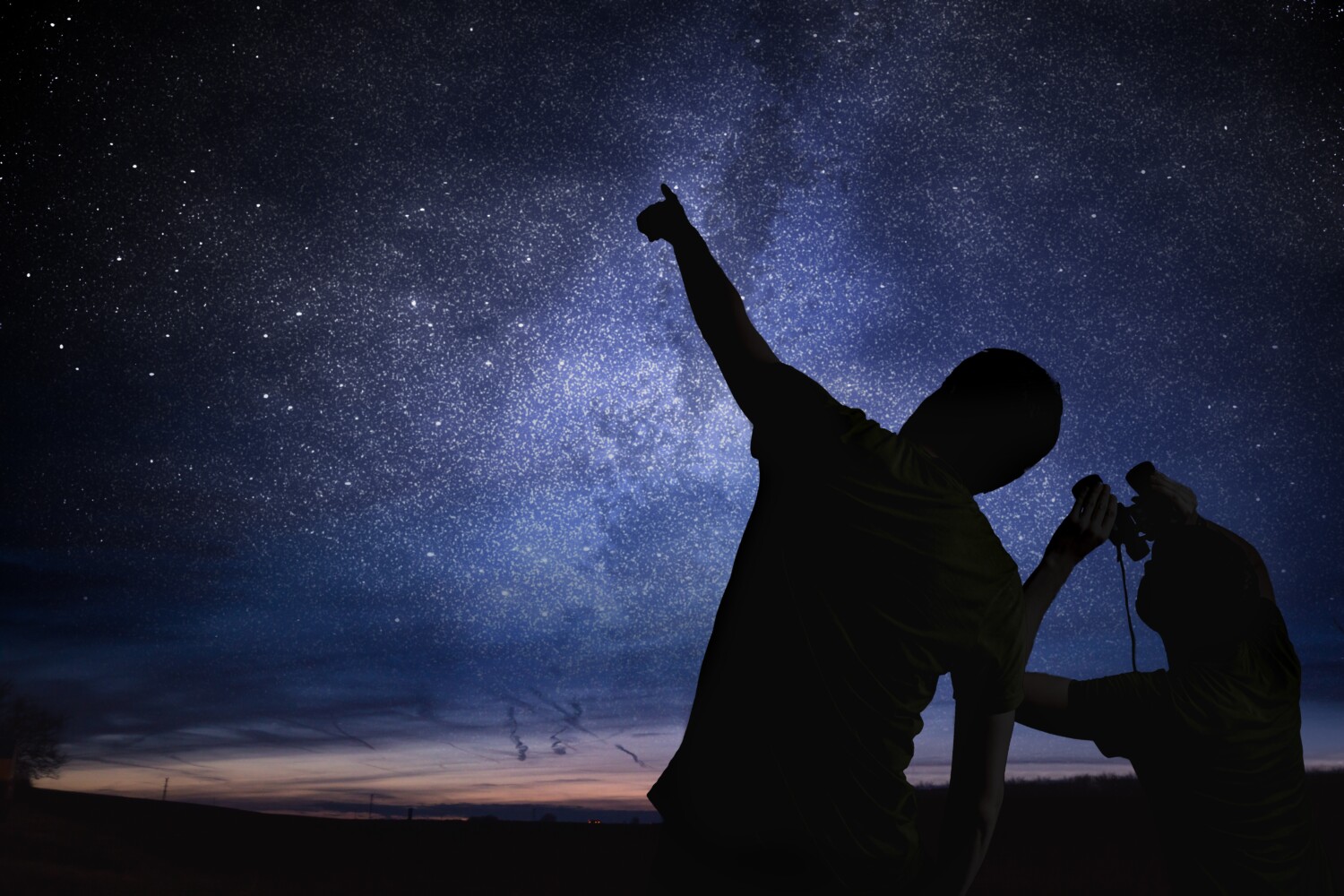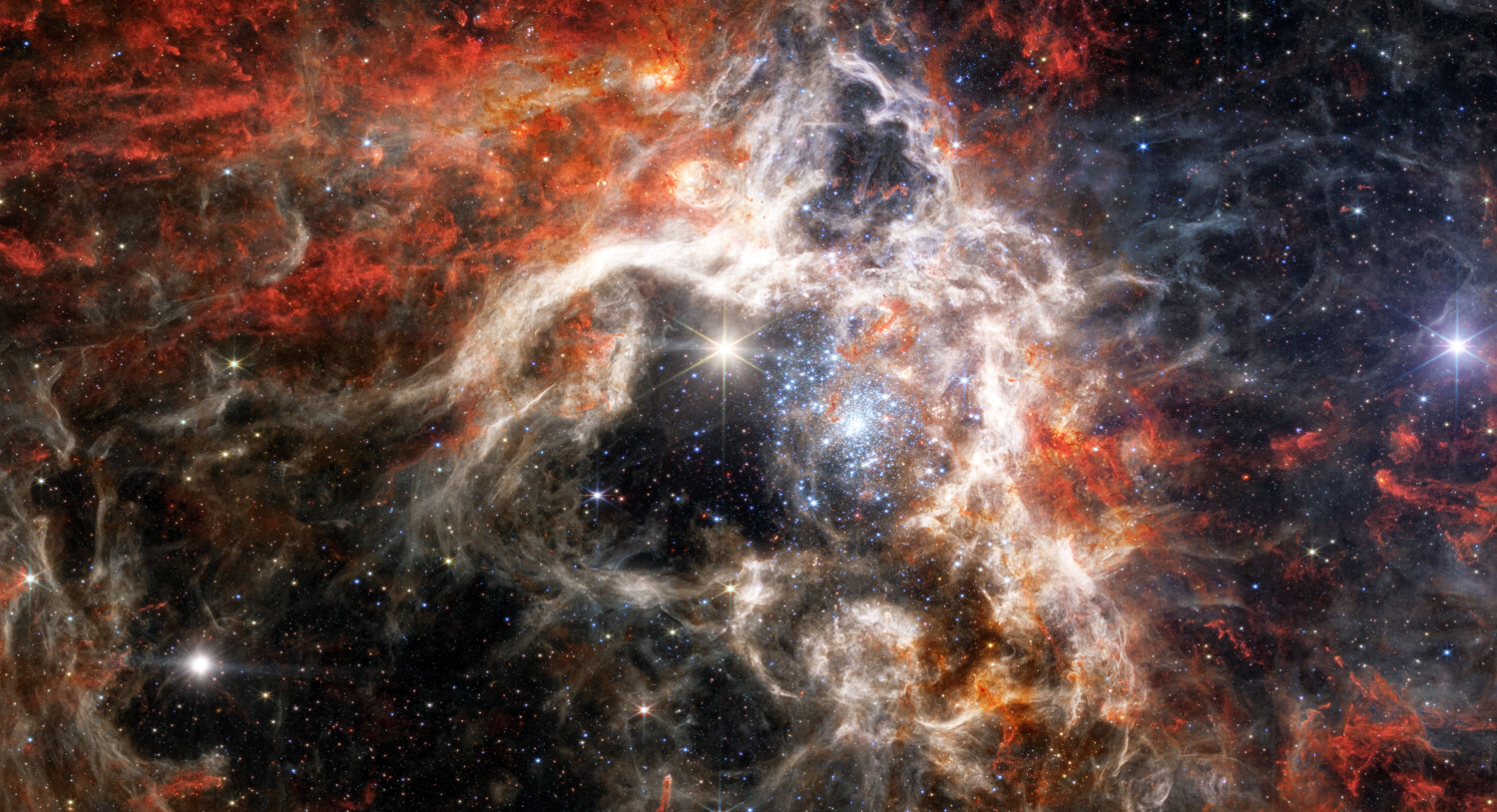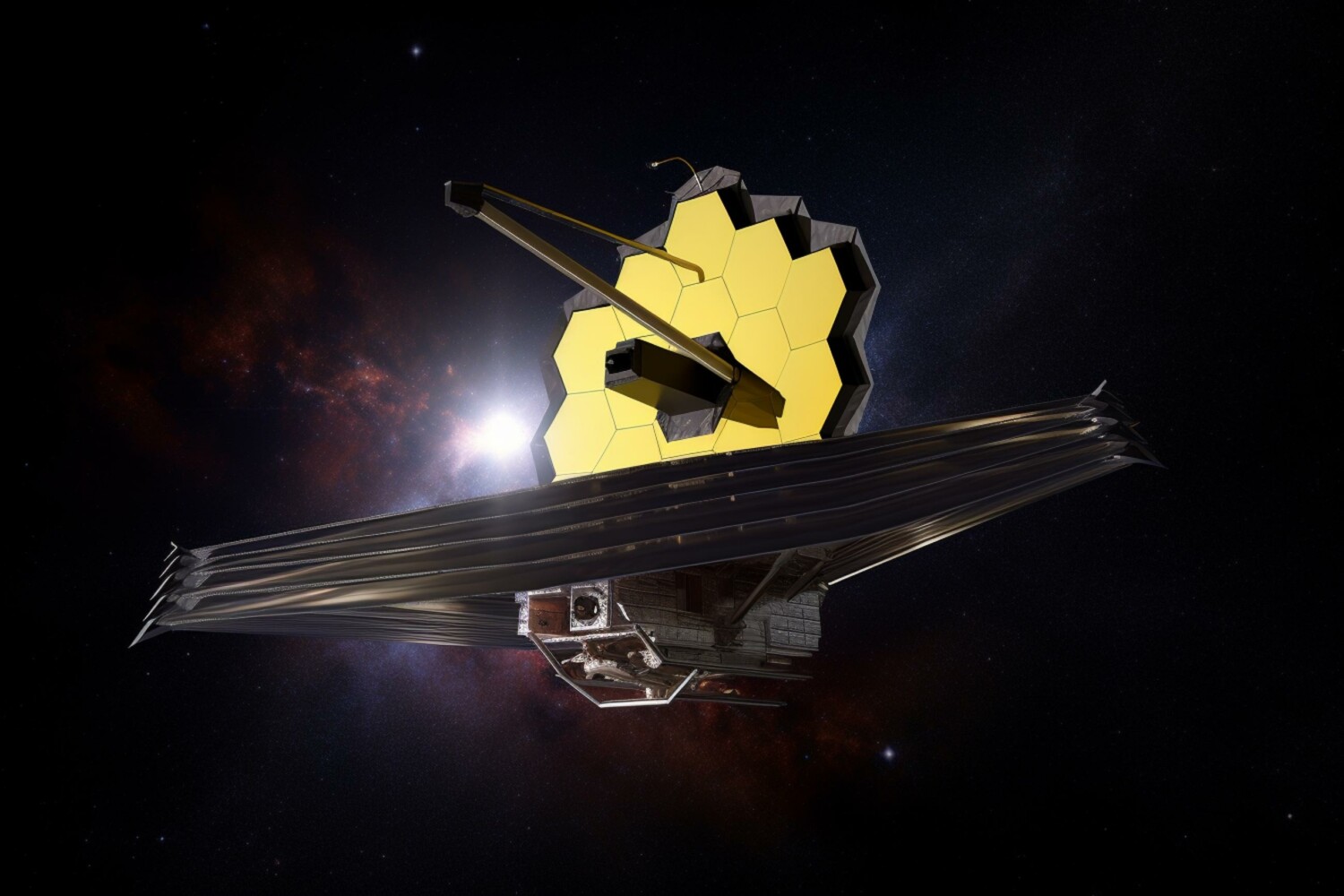Our knowledge of the universe continues to change and grow as we get new information and discover novel ways of looking into our origins. In fact, our estimates of the age of the universe have gotten more precise over the years. But now, that estimate may be changing drastically — to almost double the previous number, if one physicist is right.
“Our newly-devised model stretches the galaxy formation time by several billion years, making the universe 26.7 billion years old, and not 13.7 as previously estimated,” Rajendra Gupta, author of a new study and adjunct professor of physics in the Faculty of Science at the University of Ottawa, said in a news release from the school.

Estimating The Age of the Universe
It has been less than 100 years since astronomer Edwin Hubble observed that distant galaxies were moving away from us at a uniform rate in 1929, providing the first evidence that the universe might have an actual start date. He did this by observing “red-shifting,” which is how scientists know a galaxy is moving away from us. As the galaxy travels in the other direction, the wavelength of light we see coming from the galaxy is “stretched” and shifted to the longer red end of the color spectrum.
By the 1990s, scientists were estimating the universe was between 7 and 20 billion years old, which is a rather wide age range. However, in 1993, the Hubble Telescope was used to determine more precise distances between Earth and pulsating stars called cepheids. This research determined that the age of the universe was actually between 9 and 14 billion years old.
MORE: See the Webb telescope’s stunning new look at a distant neighbor
However, as research continued on throughout the years, scientists developed another theory that the universe was between 13.7 or 13.8 billion years old. Observations from the Europoean Space Agency’s Planck telescope seemed to confirm this in 2013.
While this estimate has been strengthened by many subsequent observations, it still has some cosmologists scratching their heads as more recent data comes to light. For example, there’s a star, nicknamed the Methuselah star, that’s been measured as probably being older than the universe at 14 billion years old or so (with a small margin of error within the 13.8 billion-year time frame). And the James Webb space telescope has discovered several ancient galaxies that some think are too massive and mature (although some are small in size) to have been born with the Big Bang.

A New Model: Tired Light, Coupling Constants and Dark Energy
To add to the growing bodies of research, Gupta has developed what he calls a new “hybrid model” indicating the universe may actually be a hefty 26.7 billion years old — almost double the current estimate. Gupta’s research was just published in the journal Monthly Notices of the Royal Astronomical Society.
To create his hybrid model, Gupta combined several theories. One theory has already been debunked by many scientists and is called the”tired light” theory. The tired light theory says that red-shifting isn’t evidence a galaxy is moving away; a galaxy’s light only looks red because its light has traveled farther to get to us and has lost energy along the way.
Gupta combines this theory with “coupling constant,” which is a system that measures the amount of energy exerted when two particles interact with one another. Basically, he says that these constants might have varied and evolved over time. According to his work, this stretches out the timeframe of the universe.
Gupta also goes a step further, positing that the “cosmological constant” — or the “dark energy” that drives the expansion of the universe — is an interpretation that needs to be revised. This number, invented by Einstein to bridge the gap between theory and observation, is already in dispute because it basically allows scientists to “fudge” their numbers to fit.
His proposal for a brand-new constant is designed to account for the hypothesized change in the coupling constant, which he believes explains the small sizes of some of the ancient galaxies observed by the Webb telescope.

It remains to be seen whether this one paper can upend decades of work physicists have done in determining the age of the universe. But one thing is clear — using technology to measure different variables in outer space will continue to challenge researchers far into the future.
This story originally appeared on Simplemost. Check out Simplemost for additional stories.


